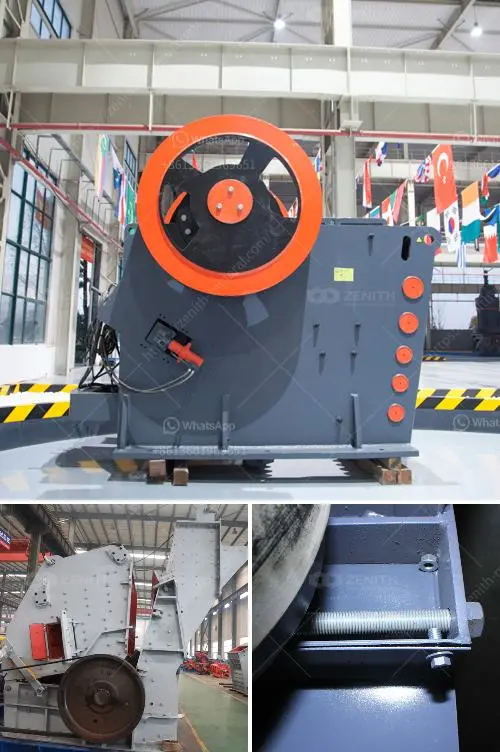The trade-offs between production rate and energy costs are a critical consideration for many industries, as these factors can significantly impact overall efficiency, profitability, and sustainability. Here are some key trade-offs to consider:
Increased Energy Consumption: As production rates increase, energy consumption typically rises. Running machinery at higher speeds or for longer periods can lead to a proportional increase in energy use, thereby escalating energy costs.
Efficiency vs. Speed: Operating at maximum capacity or speed may not always be the most energy-efficient mode of production. Machines running at optimal efficiency often consume less energy than when pushed to their limits. Thereby, optimizing production settings can help balance between high production rates and energy conservation.
Wear and Tear: Higher production rates can lead to increased wear and tear on machinery, potentially leading to more frequent maintenance, lower efficiency, and energy cost spikes due to inefficient operations during machinery downtime and repair.
Economies of Scale: In some cases, increased production can lead to economies of scale, where the cost per unit decreases as output grows. However, this does not necessarily correlate with lower energy costs, especially if the energy usage per unit isn't optimized alongside production increase.
Technology and Infrastructure: Investing in energy-efficient technology and infrastructure can mitigate higher energy costs associated with increased production rates but may require significant upfront investment. The trade-off here involves balancing the short-term financial burden against long-term savings in energy costs and production benefits.
Flexible Production Systems: Implementing flexible manufacturing systems can allow a company to adjust production rates according to demand and thus manage energy consumption more effectively. The trade-off might be the complexity and costs associated with implementing such systems.
Renewable Energy Sources: Using renewable energy sources can reduce the cost impact of higher energy consumption as production rates rise. However, this might demand investments in new technologies, which can be costly initially.
Regulatory Compliance: Operating at higher production rates may lead to increased energy consumption that must comply with environmental regulations. Meeting these standards can lead to added costs, such as penalties for exceeding emissions limits or investments in cleaner technologies.
Demand Fluctuations: If demand for products varies, maintaining a high production rate can be inefficient and wasteful. Aligning production rates with demand can help manage both energy and inventory costs but requires accurate demand forecasting and flexible operations.
Considering these trade-offs involves a holistic approach, balancing immediate production goals with long-term sustainability and cost management. Companies must weigh these factors carefully to optimize their operations in alignment with business objectives and environmental considerations.
